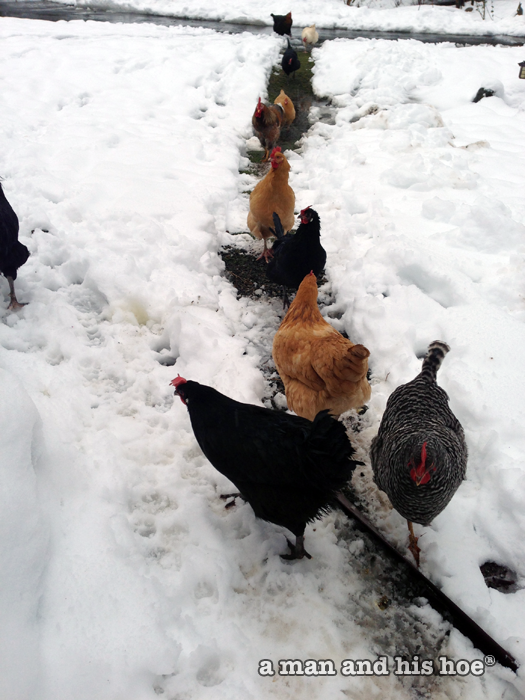Chickens have amazing eyesight, able to see ranges of color we humans can’t. Now, researchers from Princeton University and Washington University in St. Louis have discovered that the cells in a chicken’s retina have an unusual arrangement, and is the first known biological occurrence of a new state of matter known as “disordered hyperuniformity”.

Over large distances, they display order, but over small distances, disorder. For example, take crystals of sand. Each bit of sand is different, but when you look at a large volume of sand, it appears to be similar. At the same time, disordered hyperuniformity substances are similar to liquids in that they have the same properties in all directions.
According to the researchers:
In many creatures’ eyes, visual cells are evenly distributed in an obvious pattern such as the familiar hexagonal compact eyes of insects. In many creatures, the different types of cones are laid out so that they are not near cones of the same type. At first glance, however, the chicken eye appears to have a scattershot of cones distributed in no particular order.
Joseph Corbo, an associate professor of pathology and immunology, and genetics at Washington University in St. Louis, approached Salvatore Torquato, a chemistry professor at Princeton, whose group studies the geometry and dynamics of densely packed objects. Professor Torquato came to the conclusion that:
“Because the cones [in a chicken’s retina] are of different sizes it’s not easy for the system to go into a crystal or ordered state,” Torquato said. “The system is frustrated from finding what might be the optimal solution, which would be the typical ordered arrangement. While the pattern must be disordered, it must also be as uniform as possible. Thus, disordered hyperuniformity is an excellent solution.”
For a more detailed explanation, read In the eye of a chicken, a new state of matter comes into view at News at Princeton.


